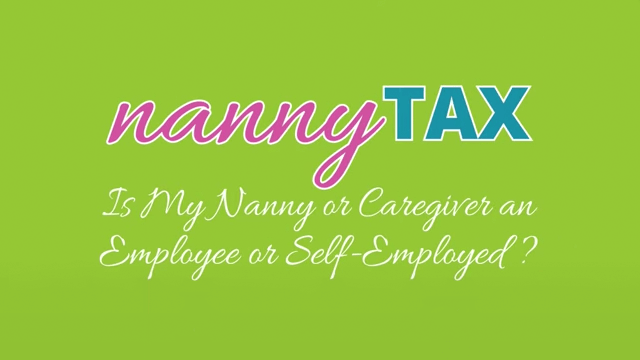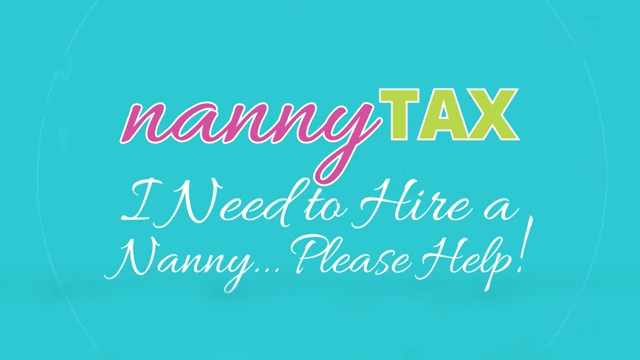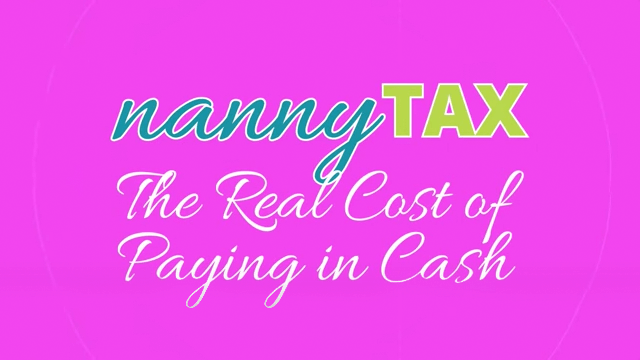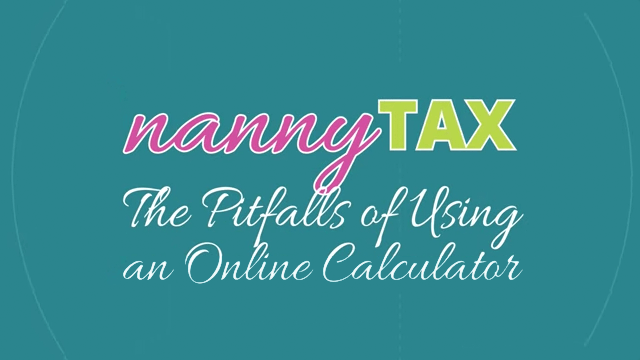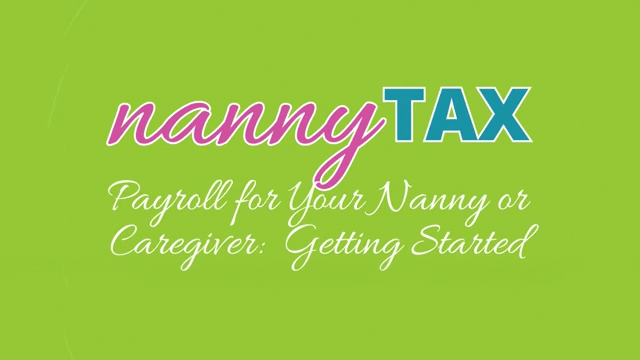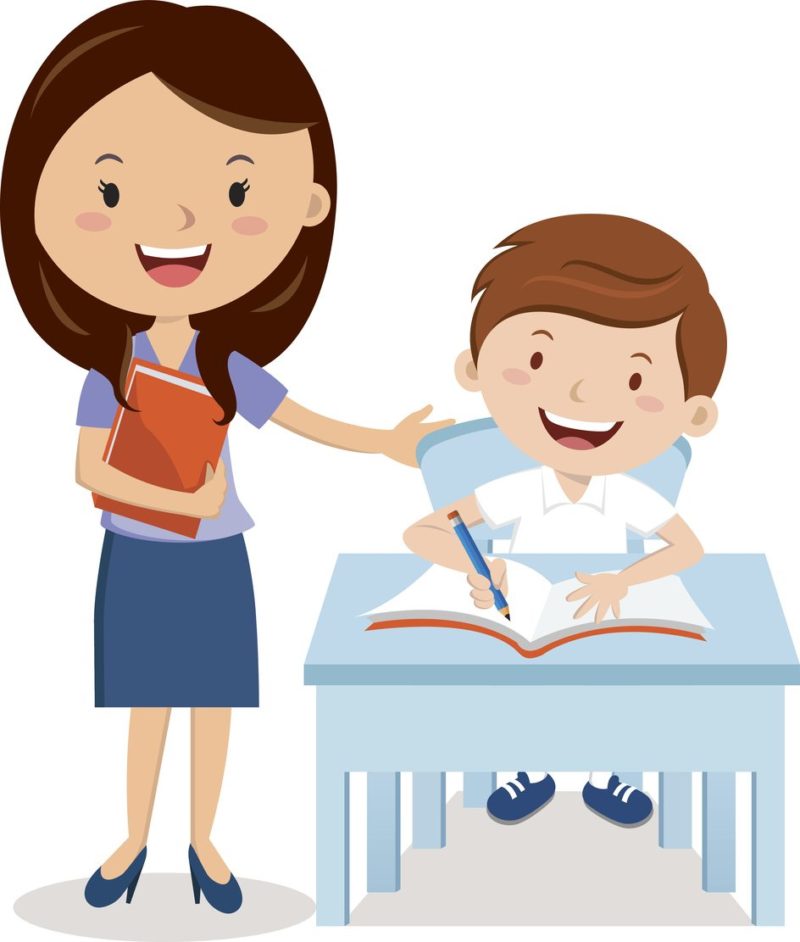
Teaching a Toddler a Second Language
Teaching a toddler a second language can be a struggle. After all, they’re still trying to learn their first one! However, the benefits that a second language can give your child are definitely worth the struggle.
Not only does it help them significantly when applying to universities and jobs, bilingual children have longer attention spans, are better at creative problem solving, and have a lower risk of dementia later in life.
Bilingual Child Speech Delay
While traditional wisdom says the best time to teach a second language to children is when they’re under one year old, there is a noted link between bilingualism and language delay. However, while it may take your child a little longer to speak than other children, this phase tends to pass without issue. If the bilingual child speech delay persists, it might be a sign of a more serious language disorder and you should consult a doctor.
If you want to avoid a bilingual child speech delay, it might be better to hold off on teaching them a second language until they’re toddlers, when they’re comfortable with their primary language.
The Best Ways of Teaching a Toddler a Second Language
If you choose to avoid testing out the bilingualism and language delay linkage for yourself, teaching a toddler a second language is not the rigorous upward climb some claim. The important thing is to stick with it and ease your child through the frustrations of the early period.
The first step is to find the right class for your child. For instance, there are a number of parent-child language classes where you and your toddler can learn a new language together. A good language class for toddlers incorporates kid-friendly activities like singing and games like naming toy animals in the new language.
Of course, any formal lesson needs to be supplemented by at-home learning. For instance, asking your child to name objects in the house or grocery store by their name, or watching child friendly movies in the new language.
Bilingual Parenting
If you or your spouse is bilingual, you could start bilingual parenting by introducing your second language into your normal home life, for instance by singing songs or reading books in it. There’s also the “talking twice” approach, in which you say a sentence in your child’s primary language, then follow it up with the same sentence in the second language.
Be aware that bilingual parenting can be a shock for toddlers, especially if you start it all at once. If you feel the change is causing undue stress on your child, it might be best to pull back the throttle and ease up on the lessons for a little while.
If neither you nor your spouse speak a second language, a great way to give your child constant access to a different language is by finding a multilingual nanny. If you don’t want the issue stressing your relationship with your child (or just find it exhausting) your nanny can take on the task instead.
Hiring a nanny, especially one from overseas, opens up a can of tax regulation woes that are a lot harder to deal with than a toddler frustrated by French lessons. While you worry about teaching a toddler a second language, let NannyTax worry about managing your domestic payroll.
Register now for a FREE month of services!






